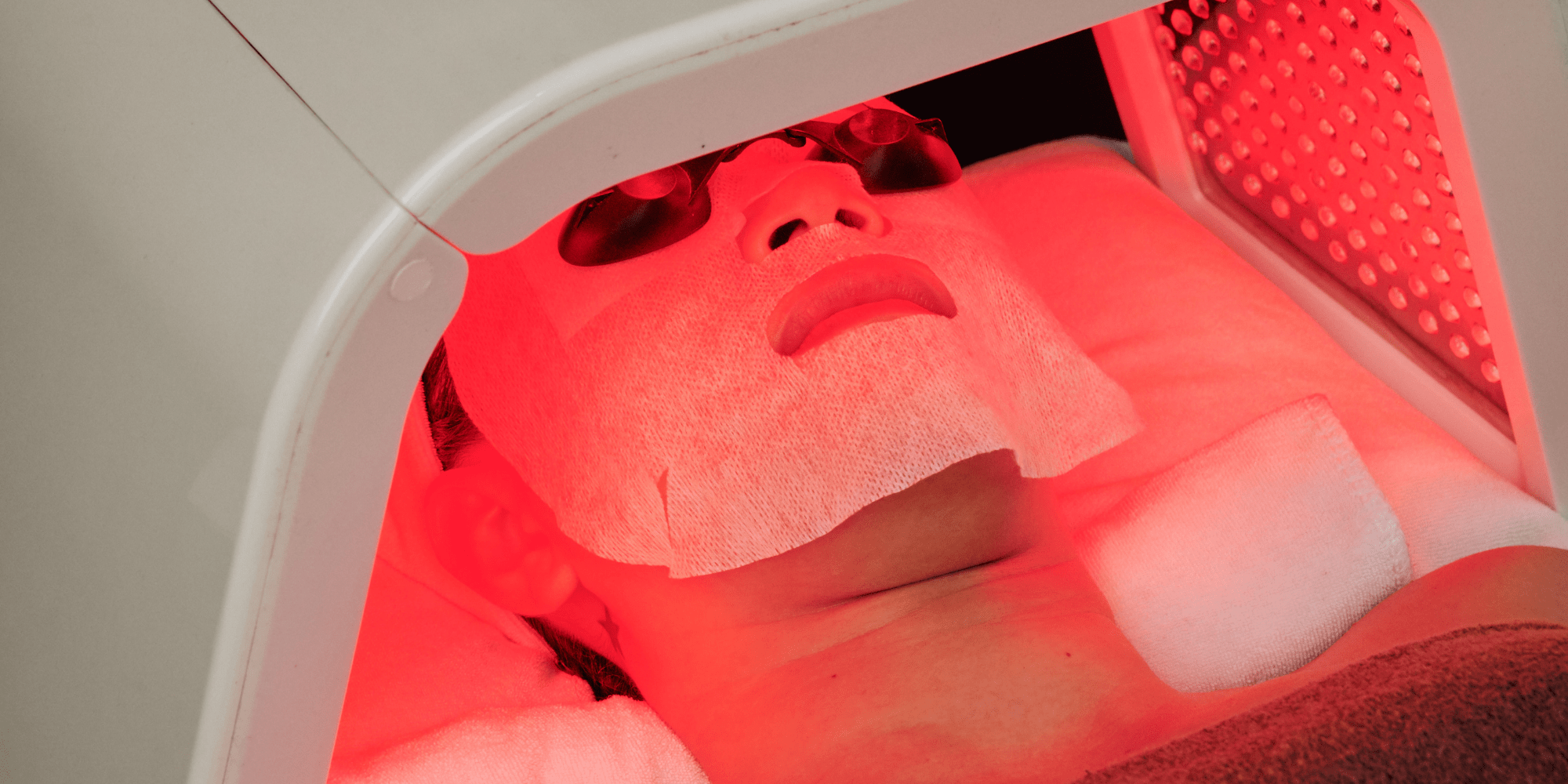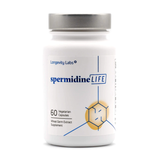
Red Light Therapy is the therapeutic exposure to low-level red or near infra-red light believed to be useful in the treatment of many physical issues at the cellular level. It has the potential to reduce or eliminate the need for other types of treatment by stimulating the mitochondria of cells to produce energy.
Red light therapy uses medical grade LEDs or cold lasers to deliver the low-level red of near infra-red light. It does not use UV light or heat which can cause skin damage.
Other terms used to identify red light therapy are:
- photobiomodulation (PBM)
- LED (Light Emitting Diode)
- low level light therapy (LLLT)
- soft laser therapy
- cold laser therapy
- biostimulation
- photonic stimulation
- low-power laser therapy (LPLT)
What Are The Side Effects of Red Light Therapy?
Red light therapy is considered to be generally safe. However, there are situations where negative side effects may occur. Among these are mild visual effects, irritability, sleep disturbances, and headaches. Current use of red light therapy does avoid the use of ultraviolet light.
Those with retinal diseases usually related to diabetes or using medications that cause sensitivity to light should avoid using red light therapy. Additionally, those with a history of skin cancer or systemic lupus erythematosus can suffer side effects from red light therapy.
Phototherapy can lead to manic behavior in people with drug resistant non-seasonal depression. Should this occur light therapy should be reduced or stopped.
How Often Should You Do Red Light therapy?
Until recently, red light therapy has only been available in clinical settings. With new technology red light therapy lamps are now available in tanning salons, spas and even for home use. Since all instruments are not the same, do your research.
For skin improvement recommended usage is 30 minutes twice a week. Frequency and time depends on your goal. You will also need to know the joules (energy units) of the light you are using. Always consult with your physician before beginning a new program.
What Does Red Light Therapy Do For Your Skin?
Scientists were successful in the 1980s-1990s to promote growth and photosynthesis in plants in space with LED lights. This led to further exploration on the effects and possibilities of red light therapy.
Hollywood celebrities are taking notice of the power of red light therapy for skin to boost collagen and collagen density. Cells need light to function and red light therapy works at the cellular level. It stimulates the mitochondria (the powerplant of cells) to produce energy.
Testing indicates that red light therapy improved the moisture content of skin and reduced wrinkles. Reduced fine lines, smoothing skin roughness and increased collagen production are also reported withered light therapy for skin. By reducing skin inflammation and improving circulation healthier skin is the result.
Red light therapy for skin has proven to be effectively used in treating acne and in treating pimples and breakouts. Red light therapy is shown to speed up the healing and reduce the appearance of scars and burns.
Can Red Light Therapy Damage Your Eyes?
Red light is not generally detrimental to the eyes but it may cause discomfort. In fact, the eye contains neurons that have a high demand for mitochondrial production of ATP. Red light therapy has been shown to improve vision in patients with glaucoma, age related macular degeneration, Alzheimer’s and other neurodegenerative disorders.
However, people with retinal disease should consult with their physician before considering red light therapy.
What Are the Benefits of Red Light Therapy?
The benefits of red light therapy are numerous and the list continues to grow as more research is done. Red light therapy benefits at the cellular level affecting every level of our bodies.
As an anti-inflammatory, red light therapy promotes healthy skin, can be beneficial to the eyes, can help manage sleep problems... It’s benefits extend to promoting hair growth and preventing hair loss, and can help regulate hormones. The list is extensive and continues to lengthen as more research is done.
Because it is anti-inflammatory, athletes find it to reduce muscle fatigue and speed up muscle recovery. It shows promise in healing bone and tissue injuries from wounds, surgeries and sports injuries.
Natural light is essential for a healthy circadian rhythm. Our excessive exposure to bright artificial light interferes with circadian rhythm, making sleep difficult. Red Light therapy is shown to aid in production of melatonin by the body thereby improving night time sleep.
Seasonal affective disorder (SAD) is a type of depression that occurs during winter months when natural light is reduced. It has been treated in the past with bright white light therapies. Doctors are beginning to use red light therapy along with antidepressants and psychotherapy.
What Are Pros and Cons of Red Light Therapy?
There are definitely many red light therapy pros. Much of it occurs at the cellular level by stimulating the mitochondria in the cell to produce ATP (adenosine triphosphate). Through this process red light therapy is instrumental in autophagy, the cleaning out of damaged and dying cells and the regeneration and renewal of cells.
While red light therapy appears to have more pros than cons, it does have drawbacks.
- Individuals with retinal disease related to diabetes should consult with their physician.
- Those using photosensitive medication need to consult with their physician.
- If you suffer from drug resistant non-seasonal depression do not begin red light therapy without consulting with your physician.
If you decide to use red light therapy, know your source. The joules (energy units) you are exposed to will depend on what you are treating. Do your research before making the decision. While red light therapy is readily available, be sure your source is informed and capable of safely administering the treatment.
Supplements Can Help
Red light therapy works at the cellular level promoting activity in the mitochondria. The mitochondria are the powerhouse of the cell facilitating the production of ATP, a high energy molecule with the sole function of creating and storing energy in our cells.
Spermidine is a supplement which stimulates autophagy. Autophagy is the process by which the cell removes unnecessary or dysfunctional components. It is the body’s way of cleaning out damaged cells so it can regenerate or place with new, healthy cells.
Spermidine, as does red light therapy, also works on the cellular level for regeneration and replacing cells. Incorporating spermidine into your regular routine can be used by individuals who for physical or emotional health reasons should avoid red light therapy.







